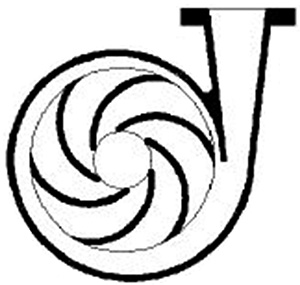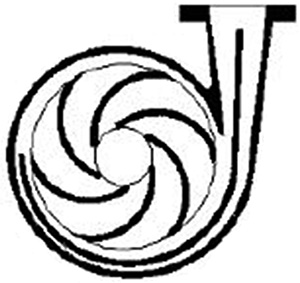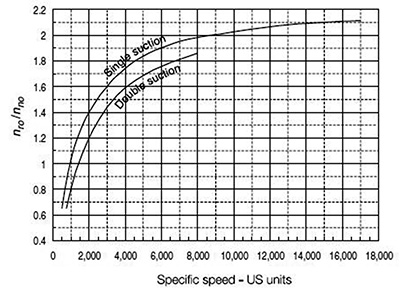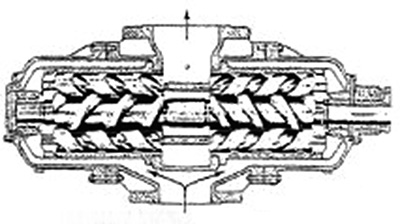Single-Volute & Double-Volute Casings & Reverse Runaway Speed
01/22/2014
Q. What are some differences between single-volute and double-volute casings for rotodynamic centrifugal pumps? A. The discharge casing serves the following purposes:
- Collects output from the rotating impeller
- Decreases the velocity momentum of liquid leaving the impeller before it reaches the next stage impeller or pump discharge
- Transforms increased kinetic energy of liquid at the impeller outlet into pressure
 Figure 1.3.3.1. Single-volute casing
Figure 1.3.3.1. Single-volute casing Figure 1.3.3.2. Double-volute casing
Figure 1.3.3.2. Double-volute casing Figure A.10. Reverse runaway speed ratio versus specific speed when the head equals the pump head at BEP
Figure A.10. Reverse runaway speed ratio versus specific speed when the head equals the pump head at BEP Figure 3.1.8.2c
Figure 3.1.8.2c Figure 3.1.8.2b
Figure 3.1.8.2b
